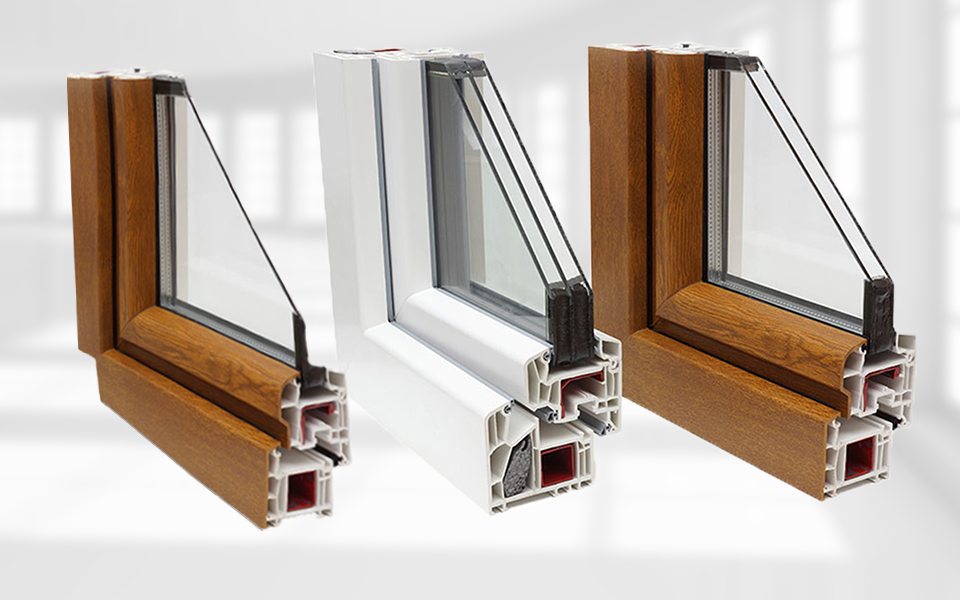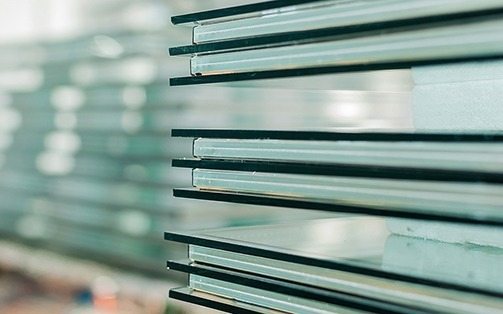U-value and SHGC
Glass is characterized based on two figures:
U-value — amount of heat loss per degree temperature difference between inside and outside per square meter. It is main figure when it comes to energy efficiency. The less the U-value is the better thermal performance glass has.
SHGC — Solar Heat Gain Coefficient — this is amount of solar radiation that passes through the window. The lower it is the better it is in summer. However, in winter we need solar heat radiation to bring some warmth into the house through the window.
There are other values like UV — percentage of UV-rays that get through the window, transparency etc., but they are usually secondary.
Rw is another noise factor measured in Db and we are explaining everything about glass and noise here.



